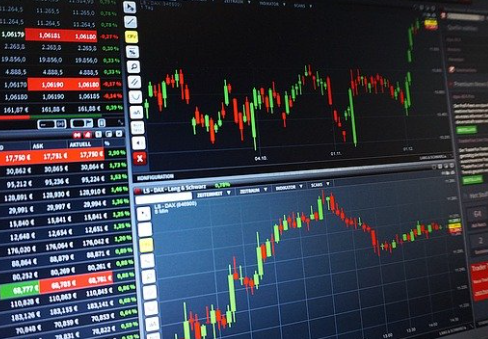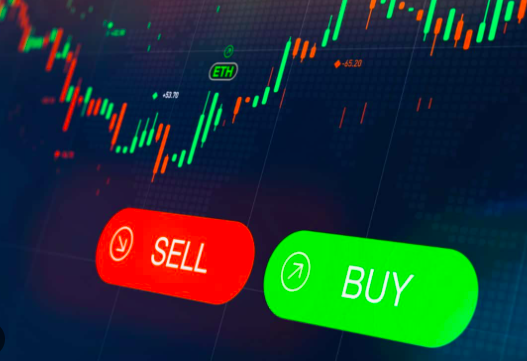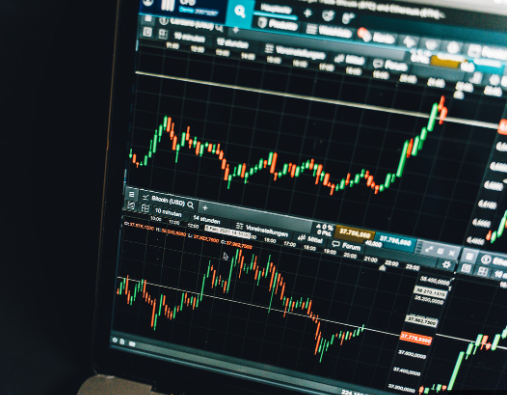Opening an account with a broker and downloading the forex trading platform is the first step to using it. With the platform, traders can access real-time market data, place trades, and manage their accounts. They can also customize their charts and use technical indicators to analyze the market, helping them make informed trading decisions.
Introduction to Forex Trading Platforms
Forex trading platforms are software applications that enable traders to connect to the foreign exchange market. They offer real-time access to market data, trading indicators, charting tools, and order management functions. Forex brokers generally provide these platforms, which can be used on desktop or mobile devices. With Forex trading platforms, traders can observe market trends, place trades, and manage their positions. Every Forex trading platform has its distinct set of characteristics and user interface, and traders should select a platform that meets their trading requirements and preferences.
Choosing a Forex Trading Platform
When selecting a forex trading platform, traders need to consider several factors. Security and reliability are crucial, with a reputable broker. It’s also important to choose a platform that provides various technical analysis tools, charting options, and customization features. Additionally, the platform should be user-friendly, have excellent customer support, and offer access to educational resources. Some platforms also provide demo accounts or other tools that allow traders to practice trading without risking real money. By taking all these factors into account, traders can select a forex trading platform that meets their requirements and helps them reach their trading objectives.
Getting Started with a Forex Trading Platform
To commence trading with a Forex platform, traders must initially select a platform that caters to their trading requirements and inclinations. Subsequently, they can establish an account with a Forex broker who offers the chosen platform. After creating and funding the account, traders can sign in to the platform and start examining its characteristics. By utilizing the platform’s technical indicators, charting tools, and order management functions, traders can observe market trends, place trades, and handle their positions. It is crucial to practice trading on a demo account before investing actual money to become well-versed with the platform’s features and competencies.
Navigating the Forex Trading Platform Interface
The forex trading platform interface can vary depending on the provider, but most platforms offer similar features. Traders typically see a price chart of their chosen currency pair with options to customize the chart type, time frame, and technical indicators. The platform also displays important market data, such as the current bid and ask prices. Traders can use the platform’s order entry system to manage trades, set stop-loss and take-profit levels, and monitor open positions. Other features may include account information, news and analysis, and customer support. Traders should become familiar with the platform’s interface before engaging in real trades.
Placing Trades on a Forex Trading Platform
Executing trades on a Forex trading platform is a simple process. Traders can choose the currency pair they want to trade and select the type of trade they wish to place, like a market or limit order. They can then enter the trade size they want, along with stop loss and take profit levels. The trading platform will determine the required margin for the trade based on the chosen leverage and account balance. After reviewing the trade information, traders can confirm and monitor the trade using the platform’s position management tools. To reduce possible losses, it is crucial to implement appropriate risk management strategies while placing trades.
Managing Trades and Positions on a Forex Trading Platform
After placing a trade on a forex trading platform, traders can utilize various features to manage their positions. The stop-loss order is a crucial tool that can limit potential losses by automatically closing a trade when the price reaches a specified level. Similarly, take-profit orders can be used to automatically close trades once a certain profit level has been reached.
Trade management features on the platform allow traders to monitor their open positions with real-time updates on profit and loss, margin requirements, and available account balance. Some platforms also enable traders to add to existing positions or partially or fully close positions as market conditions change. Effective trade management is key to successful forex trading.
Using Charting Tools on a Forex Trading Platform
Charting tools are integral features of Forex trading platforms that provide traders with the ability to analyze market trends and make informed trading decisions. These tools allow traders to view historical price data, apply technical indicators, and customize chart settings to their liking. With a variety of chart types to choose from, including line charts, bar charts, and candlestick charts, traders can adjust chart timeframes to view price data over different periods, from seconds to months. Charting tools aid traders in identifying trends, support and resistance levels, and potential trading opportunities. By combining chart analysis with other forms of analysis, traders can make more informed trading decisions.
Security and Safety Measures for Forex Trading Platforms
To protect the personal and financial information of traders, forex trading platforms implement security and safety measures. Encryption is used to secure user data and transactions, and two-factor authentication is provided for added security. These platforms also have measures in place to prevent fraud and unauthorized access to user accounts. This may include monitoring for suspicious activity, limiting login attempts, and requiring strong passwords. It is important to only use platforms that are licensed and regulated by reputable financial authorities to ensure a safe trading environment. Traders should also be careful of platforms that make unrealistic promises or ask for sensitive information without a legitimate reason.
Troubleshooting Common Issues on Forex Trading Platforms.
Forex trading platforms are intricate software applications that may face technical difficulties at times. Some typical problems include slow loading, freezing, or crashing. To address these issues, traders can attempt to restart the platform or their device, delete cache and cookies, or update the platform to the latest version. If these solutions prove ineffective, traders can contact their broker’s customer support team for help. Maintaining a stable internet connection and frequently backing up essential data can also prevent potential data loss. Regular maintenance and updates can prevent many of the typical technical problems on Forex trading platforms.






